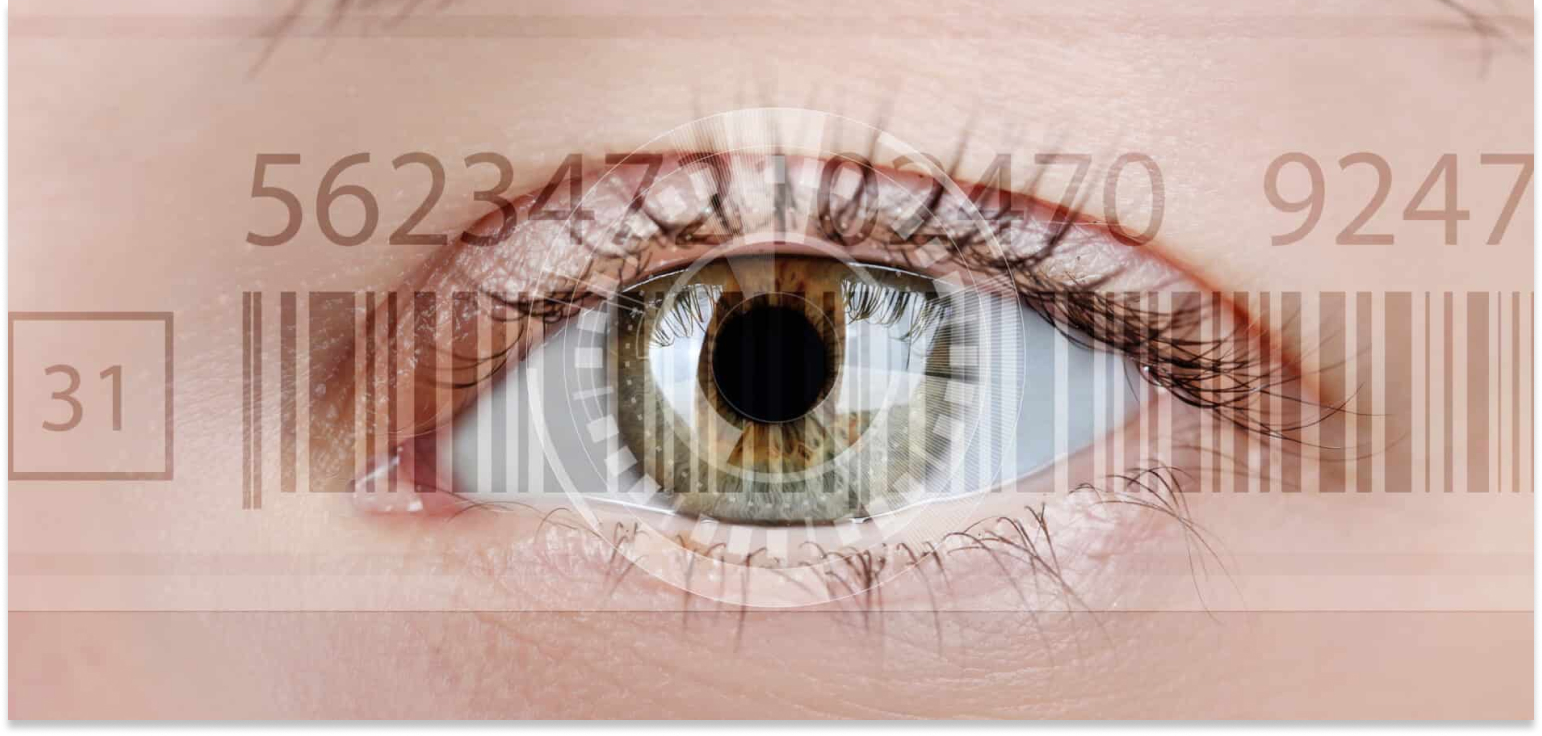EAN Barcode Scanner
An EAN, short for European Article Number, is a barcoding and numbering standard used to identify products. The EAN is also called International Article Number and is equal to the Global Trade Item Number (GTIN).

Definition
The EAN is a barcode system that uses a unique combination of 13 digits to identify and track products sold in European countries. The EAN is encoded into the barcode, which is scanned at checkout to retrieve product information from a database, including the product name, price, and inventory levels.
Example
EAN barcodes are commonly found on products in grocery stores and other retail establishments throughout Europe and all over the world. For example, a pack of chewing gum may have an EAN barcode on the packaging. When the box is scanned at the checkout, the barcode is decoded and the product information is retrieved from the database, allowing the cashier to ring up the sale. For products to be listed and sold on popular online marketplaces such as Amazon, Google, Walmart, and eBay, the presence of a GS1 code within an EAN barcode is mandatory.
Curious about what a pack of gum has to do with the invention of the very first barcode? To find out, visit our blog post on the history of the first barcode.
Benefits and Challenges
EAN barcodes are widely used in retail among other industries to automate the checkout process, track inventory, and improve supply chain efficiency. EAN barcodes allow for faster and more accurate checkout, reducing the likelihood of errors and improving the overall customer experience.
In addition to retail, the EAN barcode system is also used in other industries such as healthcare and logistics to track products and improve supply chain visibility. For example, EAN barcodes are used in hospitals to track medical supplies and medications, improving patient safety.
Despite its benefits, there are some challenges associated with the EAN barcode system. One challenge is the need for accurate and up-to-date product information in the database, as incorrect or outdated information can lead to errors at checkout or in supply chain management. Another challenge is the potential for counterfeit products, as barcodes can be easily replicated. However, advancements in technology such as the use of QR codes and RFID tags are helping to address these challenges and improve the accuracy and security of product tracking and identification.


